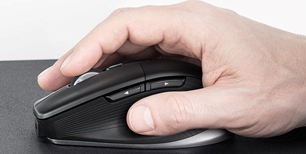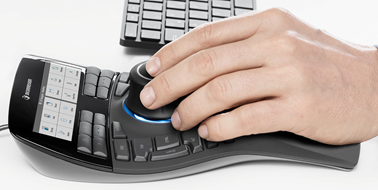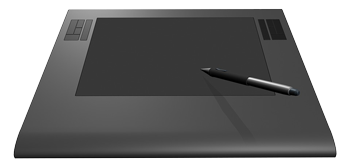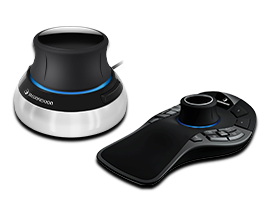Pro Graphics Controllers Buyers Guide
When using a graphics workstation with applications that involve Computer Aided Design (CAD), Computer Aided Engineering (CAE), Building Information Modelling (BIM), photo editing, games design or rendering, there may be a considerable amount of mouse work involved - much of it quite intricate. Although the standard mouse supplied with a graphics workstation will allow you to use Digital Content Creation (DCC) software packages, there are a range of advanced controllers that offer far greater precision and can improve productivity immeasurably.
This guide will take you through the various options available to you depending on the type of work you are undertaking.











